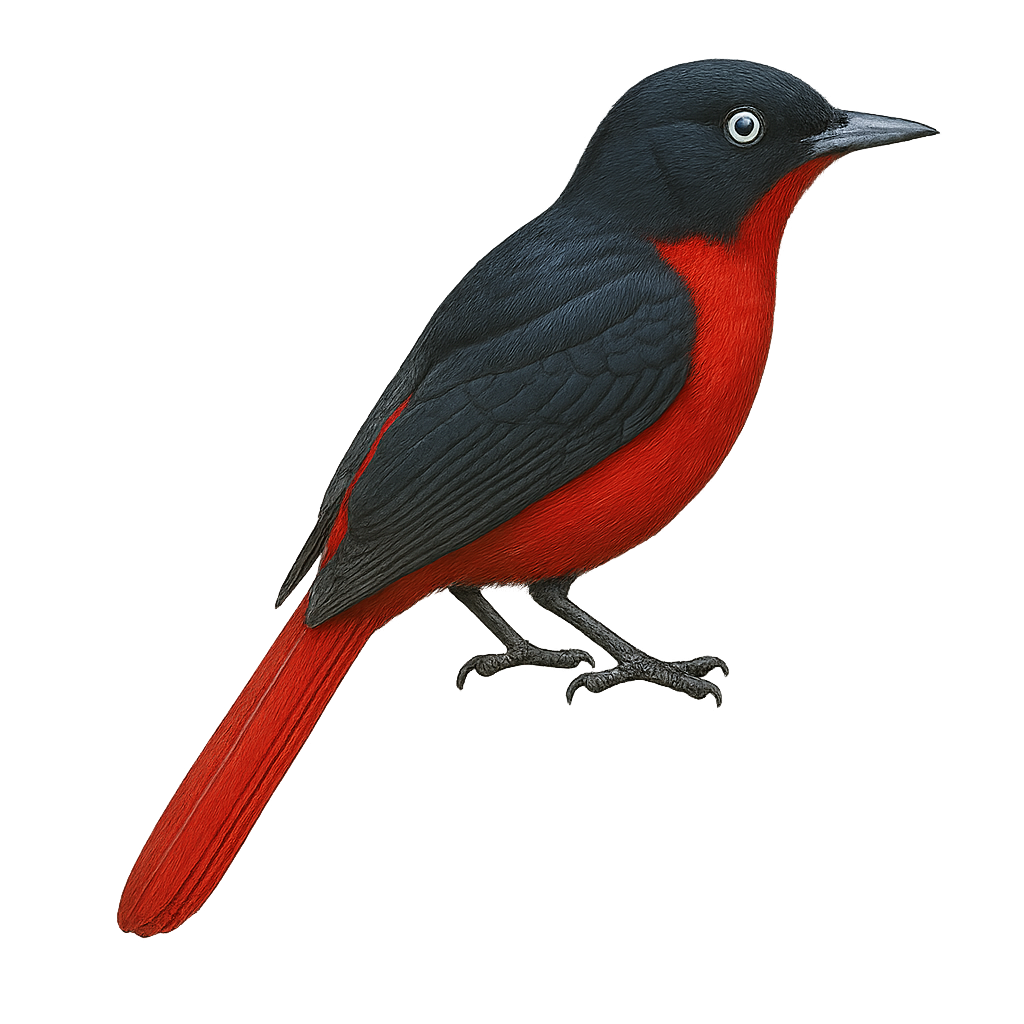Your wildlife photography guide.
Explore the maroon oriole in detail, study its behavior, prepare your shots.
Where to observe and photograph the maroon oriole in the wild
Learn where and when to spot the maroon oriole in the wild, how to identify the species based on distinctive features, and what natural environments it inhabits. The WildlifePhotographer app offers tailored photography tips that reflect the maroon oriole’s behavior, helping you capture better wildlife images. Explore the full species profile for key information including description, habitat, active periods, and approach techniques.
Maroon Oriole
Scientific name: Oriolus traillii

IUCN Status: Least Concern
Family: ORIOLIDAE
Group: Birds
Sensitivity to human approach: Suspicious
Minimum approach distance: 10 m
Courtship display: May to June
Incubation: 14-16 jours
Hatchings: May to July
Habitat:
Tropical forests, subtropical forests, montane forests
Activity period :
Primarily active during the day, with peak activity in the morning and late afternoon.
Identification and description:
The Maroon Oriole, or Oriolus traillii, is a striking bird known for its vibrant plumage and elusive presence in the forests of Southeast Asia. With colors ranging from bright red to deep black, it blends skillfully into dense foliage. This bird is primarily arboreal, feeding on fruits, insects, and nectar. Its melodious song often echoes through the trees, although spotting it remains a challenge for birdwatchers. The Maroon Oriole is a partial migrant, moving according to seasons to find food resources. It builds suspended nests, often well-hidden, where it carefully raises its young.
Recommended lens:
400 mm – adjust based on distance, desired framing (portrait or habitat), and approach conditions.
Photography tips:
To photograph the Maroon Oriole, it is advisable to use a telephoto lens of at least 400mm to capture detailed images without disturbing the bird. Look for areas where trees are dense, as this bird prefers forest habitats. Be patient and listen for its distinctive song to locate its position. The best times to observe it are early in the morning or late afternoon when activity is highest. Use a tripod to stabilize your camera and adjust ISO settings to compensate for low light under the canopy.
The WildlifePhotographer App is coming soon!
Be the first to explore the best nature spots, track rutting seasons, log your observations, and observe more wildlife.
Already 1 432 wildlife lovers subscribed worldwide

